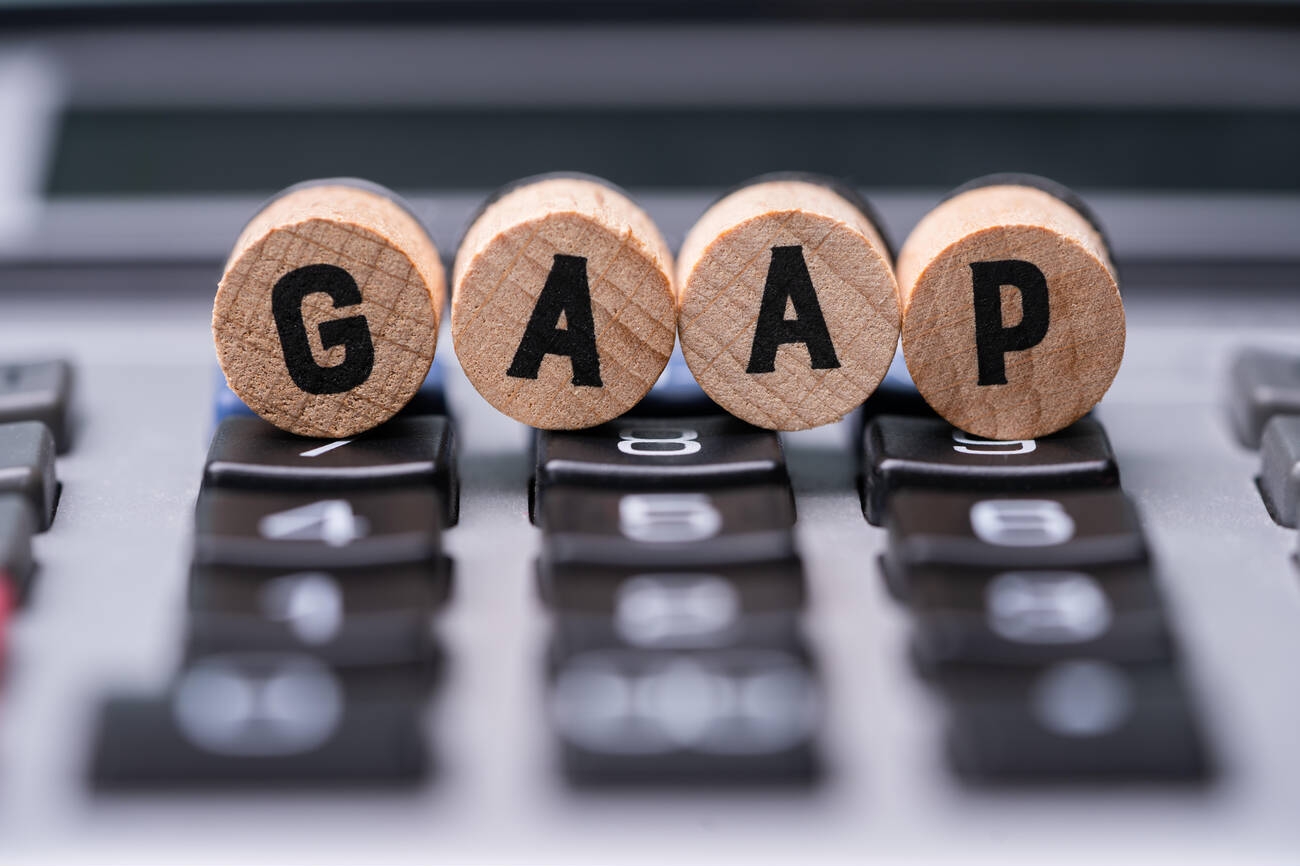The Securities and Exchange Commission has accepted the 2024 GAAP Financial Reporting Taxonomy (GRT) and the 2024 SEC Reporting Taxonomy (SRT), collectively known as the “GAAP Taxonomy,” the Financial Accounting Standards Board (FASB) said on March 19.
In addition, the FASB finalized the 2024 DQC Rules Taxonomy (DQCRT).
The 2024 GRT contains updates for accounting standards and other recommended improvements, including those required for Securities and Exchange Commission Release Nos. 33-11070; 34-95025 (annual reports for employee benefit plans for Form 11-K), crypto assets, segment reporting, improvements to income tax disclosures, joint venture formations, and investments in tax credit structures.
The 2024 SRT contains improvements for dimensional elements whose underlying recognition and measurement are not specified by Generally Accepted Accounting Principles (GAAP) but are commonly used by GAAP filers and for SEC schedules related to supplemental information provided by insurance underwriters.
The DQCRT is uniquely structured from the typical design of XBRL taxonomies because it is narrowly focused on conveying the XBRL U.S. Data Quality Committee’s (DQC) validation rules, predominantly for regulator use. It is not intended to be used in SEC filers’ extension taxonomies, the way that the GRT or the SEC’s Document and Entity Information Taxonomy (DEI) is used, according to the FASB. The DQCRT contains a subset of the DQC rules. The FASB taxonomy staff evaluates the validation rules for inclusion in the DQCRT that have been available for use for more than a year, with consideration for how the DQC addressed any feedback received on a validation rule.
Questions about using the FASB taxonomies and creating and submitting XBRL-tagged interactive data files in compliance with the SEC rules should be directed to the SEC, the FASB said. SEC details and guidance are available at the SEC’s Office of Structured Disclosure.
Thanks for reading CPA Practice Advisor!
Subscribe Already registered? Log In
Need more information? Read the FAQs



